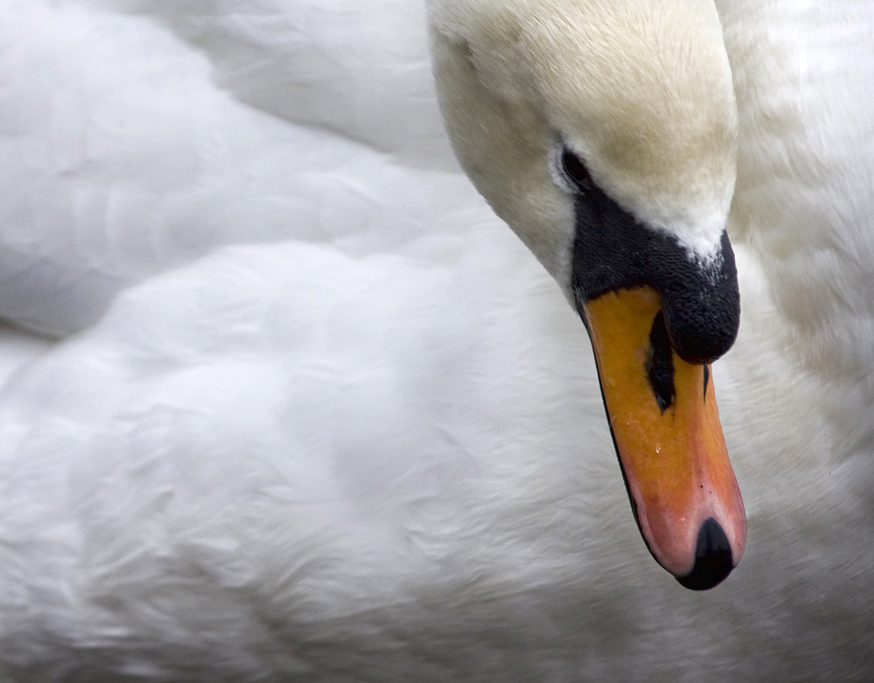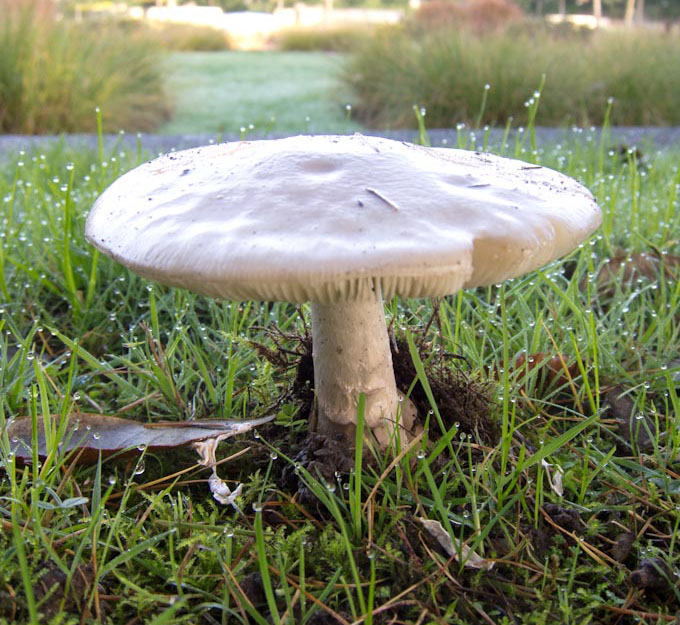The Birds of Eaton Park
Eaton Park is home to many wild birds. Its trees, flowers, hedgerows and meadows provide for them a variety of foods and homes. Thanks to Norfolk Wildlife Trust for helping with this overview of birds in the park.
There are many birds that live in the park all year round – blackbirds, blue tits, chaffinches, collared doves, coal tits, fieldfares, goldfinches, great tits, green finches, long-tailed tits, pied wagtails, robins, song thrushes, wood pigeons and wrens. Jays and great spotted woodpeckers are also a common sight. Rarer visitors include redpolls and Britain’s smallest bird, the goldcrest.

On very cold days look out for redwings, large, thrush-like birds that arrive in flocks from the countryside to forage for berries and other food. From May to August you’ll hear the excited shrieking of swifts. Look up and you’ll see them racing round in the sky, chasing insects and tiny spiders.
At dusk you may see a heron on the lily pond. Mallard ducks, mute swans and black headed gulls sometimes visit the boating lake. Gulls paddling up and down on the sports fields are after worms. The patter of their feet makes worms think it’s raining so they come to the surface to avoid drowning and the gulls eat them.
Magpies, rooks, jackdaws and carrion crows are regular visitors. At dusk large numbers rooks can often be seen heading across NR2 and the park to their countryside roosts.
Woodlands and trees
There is a very great variety of trees in Eaton Park, making it an arboretum for Norwich. In June 2017 the Friends organised a tree walk with expert, Richard Hobbs. Here are some notes to a tree walk including a plan showing where different trees can be found.
To the west of Eaton Park, beside the pitch and putt, Bluebell Wood is an area of mainly mature oak woodland, where both standing and fallen deadwood is allowed to remain. The woodland is rich in lichens, fungi and mosses and, alongside bluebells, supports uncommon cow wheat.

The park is encircled by beech hedges that were planted in the early years of the twentieth century, when the land for Eaton Park was first acquired.
Throughout the park trees are planted in avenues and small groups, or stands. There are also newer woodland areas on the north-side of the park. Near these woods and the meadow, Friends of Eaton Park are developing a small orchard. The first six trees were supplied by Waitrose Norwich. East of England Coop has funded others and the Friends have paid for a couple from their own fundraising.

Meadow
There are four areas of meadowland. The miniature railway travels through a large and well-established area of meadow. This area is closed to the public and can only be seen by train. Nearby there’s a small meadow which the Friends worked with City Council staff to prepare and seed. This area replaced an ailing heather bed. Polyanthas emerge in early spring and by the summer it’s a mass of flowers and bees.
North Park Meadow is a 1.5 acre site located between the children’s play area and cycle speedway. Pathways are cut through the meadow so that park users can enjoy this very different park experience. As recently as 2014 the area was essentially a playing fieild. Now it teams with life, a miniature urban jungle, rich in wildflowers and grasses, insects and birds.
The newest meadow is a small patch of land beside the Community Centre. The Friends will be helping this evolve naturally into a meadow with low-impact interventions such as sowing seeds from the local area on mole-hills.
A changed mowing regime has been key to establishing all these meadows. Throughout the park there are also other areas where mowing happens less than in the past. These are often where spring or summer bulbs are planted, mostly around the wooded edges and hedges of the park’s perimeter.
Friends of Eaton Park has planted many of these bulbs and we’ve championed meadows since 2013. Our commitment to wildflowers and meadows has its roots in a 2008 Wildlife Audit which was undertaken by David North of Norfolk Wildlife Trust.
Insects
The rose garden and meadows attract good numbers of insects, especially nectar-feeding species such as butterflies, moths, bees and hoverflies.
Click here for a species list prepared by the Norfolk Branch of Butterfly Conservation during their big Butterfly count held in Eaton Park in 2011.

